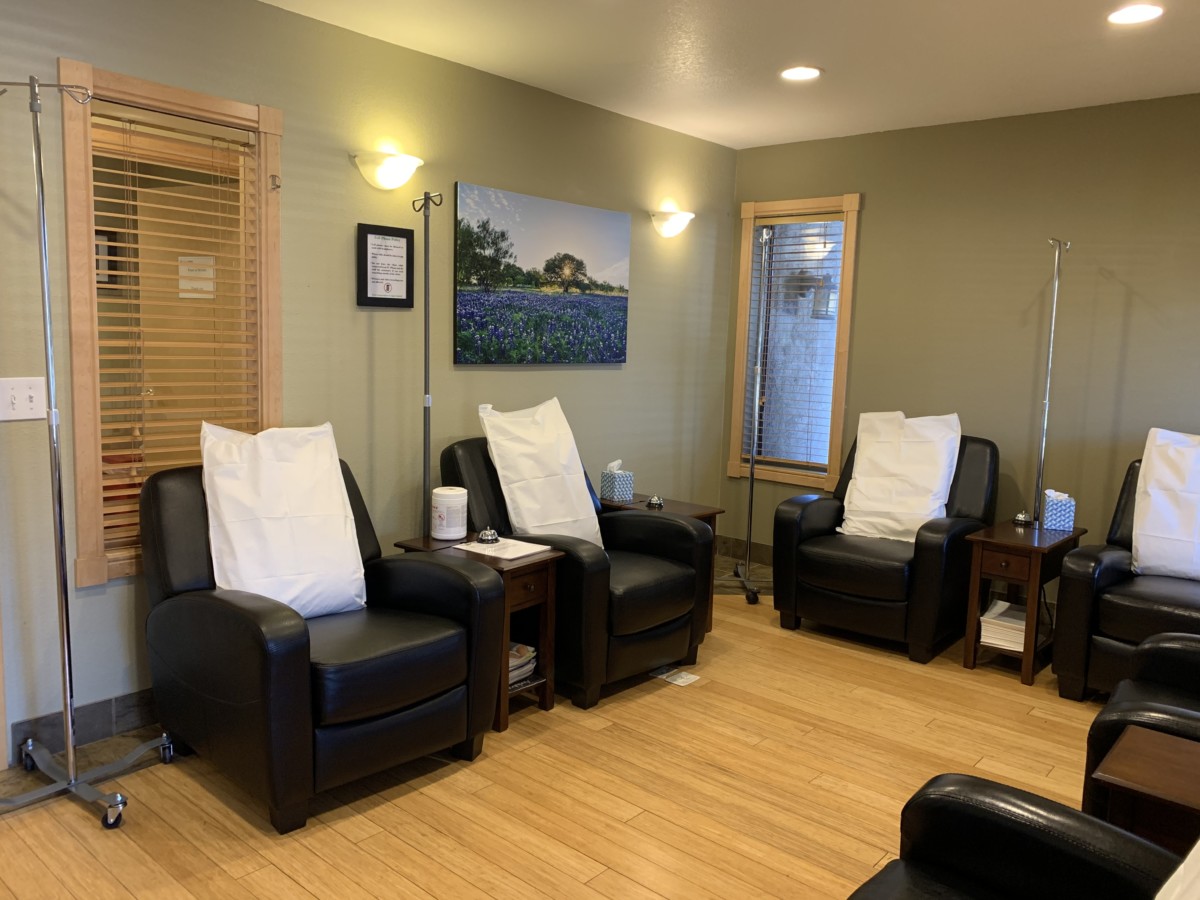Posted By:
Steve Parcell
Category:
Intravenous Therapy
There is good scientific evidence the lead [i] and mercury [ii] can cause atherosclerosis. A recent review article published in the Journal of the American heart association[iii] sheds a positive light on EDTA chelation therapy for patients with cardiovascular disease. [1] In the most comprehensive systemic review and meta-analysis to date, Ravalli et. al evaluated 24 published studies on EDTA chelation. This article is noteworthy because it’s the largest review to date including 15 before and after chelation clinical trials and five retrospective case series. The effect of EDTA was also factored in to determine if the clinical effects of EDTA are more pronounced in patients with existing diabetes and arterial disease. The authors concluded that EDTA chelation can eliminate the toxic metals that are associated with inflammatory oxidative damage to the artery wall and atherosclerosis. Just as in other studies they found that chelation had more benefit for patients with comorbidities. Comorbidities are conditions that increase risk of heart attack and stroke such as diabetes and peripheral arterial disease. The higher your risk the greater the benefit from chelation. How Chelation Therapy Works for Heart Disease The main way chelation works for heart disease is through removing toxic metals...






